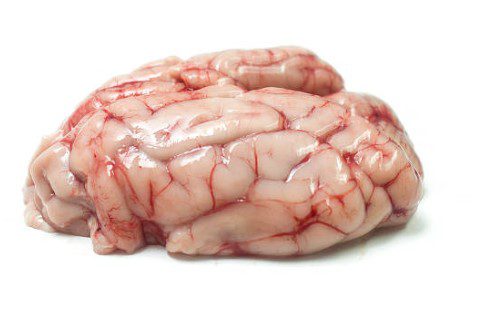

While dogs can eat pig brains and benefit from their omega-3 fatty acids, it’s important to give them in moderation due to the high cholesterol levels. Overconsumption of pig brains can lead to health issues such as obesity, pancreatitis, and heart disease.
Pig brains are a great source of protein and contain omega-3 fatty acids and nutrients that are beneficial for a dog’s brain and nervous system.
Pig brains are high in cholesterol and may be contaminated with bacteria and parasites if not sourced from a reliable supplier.
To give your dog pig brains, it’s recommended to boil them and offer them as an occasional treat in moderation.
Pig brains, also known as pork brains, are an edible part of a pig that can be consumed by dogs. They are rich in protein and omega-3 fatty acids, which are essential for a dog's brain and nervous system. However, the high levels of cholesterol in pig brains mean that they should only be given in moderation. Overconsumption can lead to health problems such as obesity, heart disease, and pancreatitis. Moreover, pig brains may be contaminated with bacteria and parasites if not procured from a trustworthy supplier. In terms of affordability, pig brains are not widely available in most places. It is recommended to boil them before feeding them to your dog as a treat.
If you're looking for alternatives to pig brains, you can try other sources of omega-3 fatty acids such as fish, flaxseed oil, or eggs. These options are safer and more readily available than pig brains.
Some questions that may arise could be about the taste or texture of pig brains. During feeding, observe your dog's reaction to this new treat and ensure that they are not allergic to it.
In conclusion, pig brains can be a nutritious treat for dogs but should be given in moderation and with caution. Consult with your vet before feeding your dog pig brains. Don't forget to share your pet's experience with pig brains in the comments below.